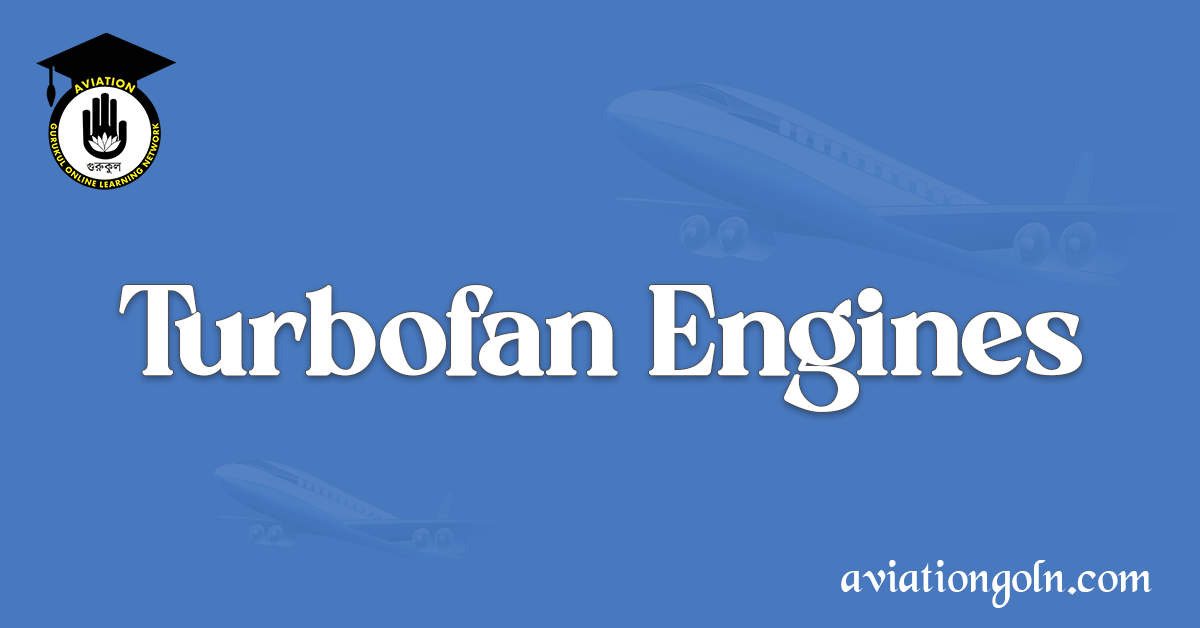The turbofan engine is a cornerstone of modern aviation. Boasting superior efficiency and performance characteristics, it has rapidly become the engine of choice for commercial airliners around the world. But what exactly is a turbofan engine, how does it differ from its predecessors, and why has it become so predominant in the industry? This article delves deep into the realm of turbofan engines, unraveling its complexities, capabilities, and contribution to contemporary aviation.
1. Introduction
Aircraft engines have undergone significant transformations since the Wright brothers’ first powered flight in 1903. The journey from the simple reciprocating engines of yesteryears to the technologically advanced turbofan engines of today is a tale of human ingenuity, relentless research, and the unyielding drive to push boundaries.
2. Basics of Turbofan Engines
2.1 Definition A turbofan engine combines elements of both a turbojet and a turboprop engine. It is characterized by a large fan at the front, which can bypass air around the core combustion section of the engine.
2.2 Working Principle Air is drawn in by the front fan, and a portion of this air is channeled into the engine core, where it undergoes compression, combustion, and is finally expelled through a turbine and nozzle. The rest of the air bypasses the core, providing additional thrust and cooling the engine, which is the distinguishing feature of turbofan engines.
3. Key Components of a Turbofan Engine
3.1 Fan: The most forward component. It draws in vast amounts of air, a fraction of which enters the engine core while the majority bypasses it.
3.2 Compressor: Increases the pressure of the air, preparing it for combustion.
3.3 Combustion Chamber: Here, the high-pressure air is mixed with fuel and ignited, leading to the generation of high-speed exhaust gases.
3.4 Turbine: Harnesses energy from the exhaust gases to drive both the compressor and the fan.
3.5 Exhaust Nozzle: Channels the high-speed exhaust gases, producing jet thrust.
4. Classification Based on Bypass Ratio
The bypass ratio (BPR) is the ratio of mass flow of air bypassing the engine core to the mass flow passing through the core. Based on BPR, turbofans are categorized as:
4.1 Low-Bypass Turbofans: Often found in military aircraft, these engines have a BPR of 1:1 or less. They prioritize speed over efficiency.
4.2 Medium-Bypass Turbofans: Strike a balance between speed and efficiency. They are typically seen in older commercial aircraft or high-speed business jets.
4.3 High-Bypass Turbofans: With BPRs exceeding 5:1, these engines prioritize efficiency over speed and dominate the modern commercial aviation landscape.
5. Advantages of Turbofan Engines
5.1 Fuel Efficiency: The bypassed air in high-bypass engines significantly boosts thrust without burning additional fuel, making turbofans very fuel-efficient, especially during long flights.
5.2 Reduced Noise: The bypassed air serves as a cushion, dampening the noise produced by the core engine.
5.3 Versatility: Turbofans are adaptable, offering good performance across a range of speeds and altitudes.
5.4 Reliability: Modern turbofan engines have fewer moving parts compared to older engine types, leading to increased reliability and lifespan.
6. Challenges Associated with Turbofan Engines
6.1 Complexity: Incorporating a fan adds to the design and operational complexity.
6.2 Size: High-bypass engines are notably larger, necessitating changes in aircraft design and structure.
6.3 Cost: The initial investment for a turbofan engine, especially the latest models, can be considerably high.
7. Innovations in Turbofan Technology
7.1 Geared Turbofan (GTF): By adding a gearbox, the fan and turbine can operate at their individual optimal speeds, promising improved fuel efficiency and reduced noise.
7.2 Advanced Materials: The use of new composite materials and ceramics enhances engine durability and reduces weight.
7.3 Engine Health Monitoring: Incorporating sensors and digital systems to monitor engine health in real-time, paving the way for predictive maintenance and improved safety.
8. The Role of Turbofan Engines in Modern Aviation
Turbofan engines have reshaped commercial aviation, playing a pivotal role in the exponential growth of global air travel. They have made long-haul flights more economical and have also reduced the environmental impact by bringing down CO2 emissions.
9. The Road Ahead: Future of Turbofans
Research into improving turbofan efficiency continues unabated. The aim is to further increase the bypass ratio, integrate more sustainable fuels, and even explore hybrid-electric propulsion systems that leverage turbofan technology.
10. Conclusion
The turbofan engine stands as a testament to the advances in aerospace engineering and the ceaseless quest for excellence in aviation. As we look ahead, with growing concerns about sustainability and efficiency, turbofan engines will undoubtedly continue to evolve, underpinning the next era of flight.
